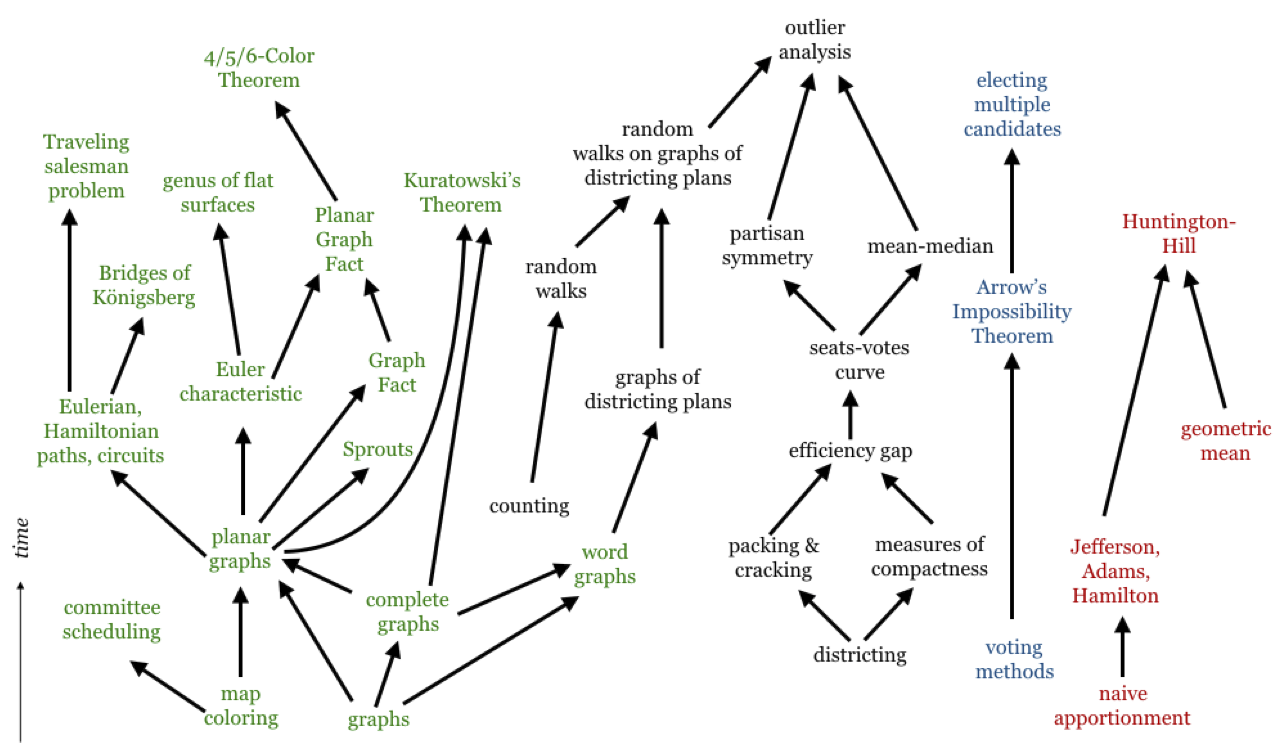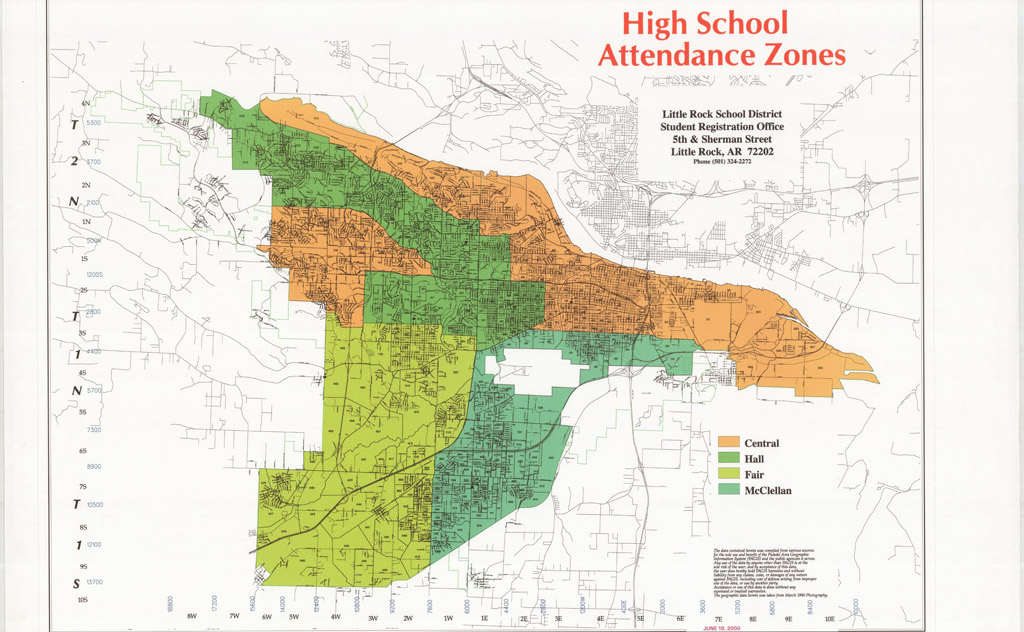Where to Start?
This website is designed to help K-12 and higher ed educators teach about gerrymandering and redistricting. The site is maintained by MGGG, a team of mathematicians, geographers, data scientists, and ethicists working on the problem of redistricting in the United States.
This page contains materials that might help you get started exploring the interdisciplinary space of redistricting research and teaching. You can navigate our materials by topic under the Materials tab. We encourage users to adapt these resources to fit their needs, and share any additional resources at contact@mggg.org.
What is Redistricting?
Redistricting is the process through which states and local municipalities redraw political boundaries. Gerrymandering refers to one party or candidate using undue or unfair influence to draw political boundaries that are favorable to them. States and municipalities take lots of different considerations into account when they draw districts: from district shape and compactness, to the interests of resident communities, to the political competitiveness of local elections. For these reasons, we believe that the study of redistricting and gerrymandering requires an interdisciplinary approach, bringing together resources and techniques from mathematics, computing, history, civics, geography, and many others.

